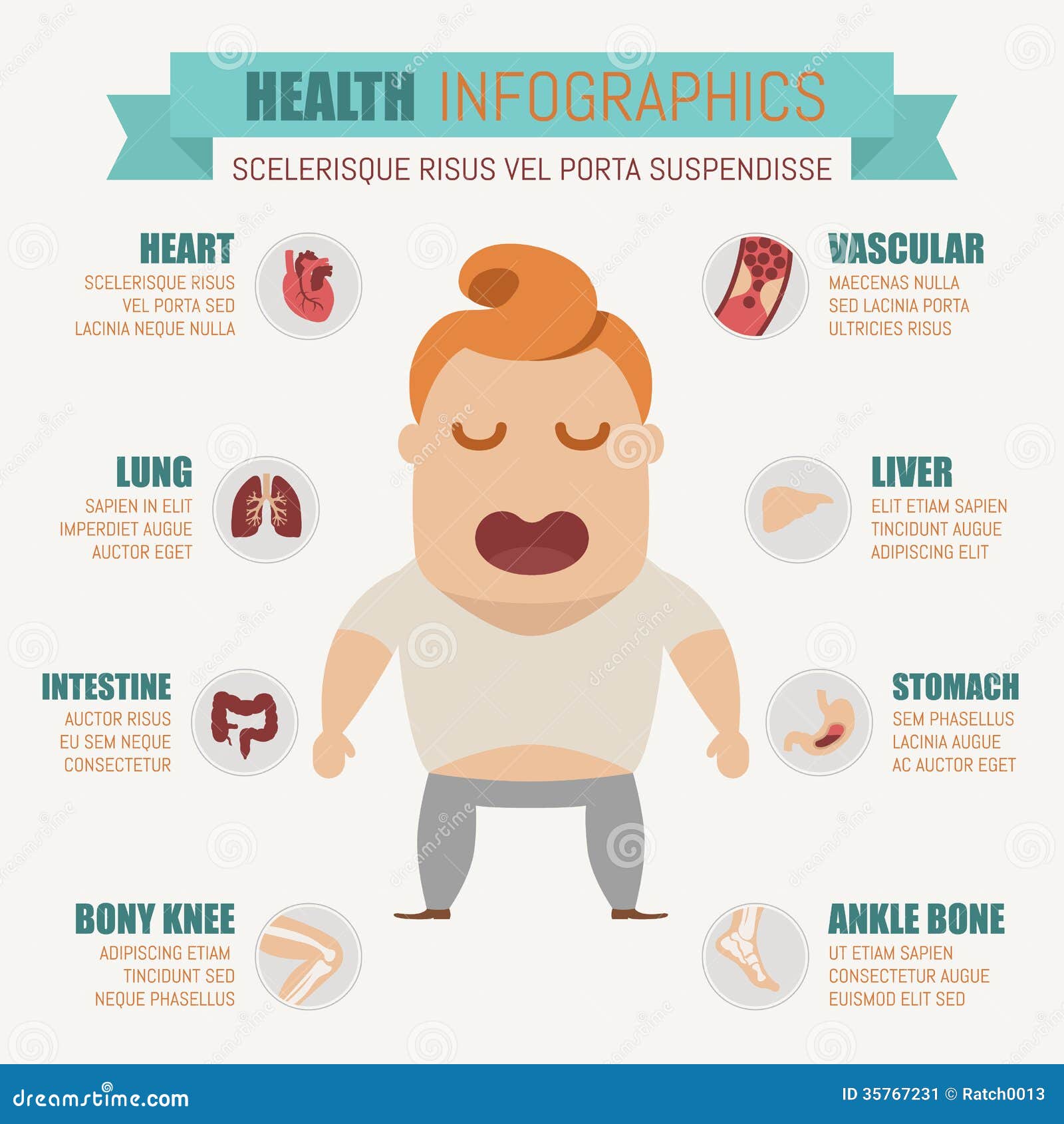Enhancing Local Health Care By Working Together With Neighborhood Partners And Using Resources Introduces An Ingenious Technique For Supplying Health Care Solutions

Material Writer-Liu Wilkerson
When it involves enhancing health care services locally, tapping into area sources and assistance is crucial. Picture a network of interconnected companies and teams working together to improve medical care gain access to and quality in your location. From health departments supplying crucial information to non-profits offering specialized services, each entity adds to a much healthier community. However just how precisely do these partnerships unfold, and what approaches prove most efficient in leveraging these sources for ideal effect? Let's discover the intricate internet of neighborhood support and its profound ramifications on medical care solutions.
Significance of Area Interaction
Involving with the area is crucial for cultivating a sense of cooperation and depend on within regional health care solutions. By actively involving area participants in decision-making procedures, healthcare providers can much better recognize the distinct requirements and difficulties faced by the populace they serve. When health care solutions are developed in appointment with the area, they're more probable to be reliable and favored.
Neighborhood engagement additionally plays a crucial duty in promoting health education and learning and preventive treatment campaigns. By constructing strong relationships with regional citizens, doctor can better communicate important health and wellness info and encourage healthy habits within the community. This aggressive strategy helps protect against health problems and advertises general health among community members.
Additionally, neighborhood involvement cultivates a feeling of possession and accountability amongst healthcare providers. When the community is involved in shaping health care services, suppliers are most likely to be responsive to the requirements and choices of the populace they serve. This joint strategy inevitably brings about much more patient-centered care and boosted health and wellness results for the neighborhood as a whole.
Key Community Resources
To properly boost primary care services locally, recognizing and leveraging crucial community sources is important. These resources can include neighborhood wellness divisions, community health centers, non-profit companies, and volunteer teams. Neighborhood health departments frequently give beneficial information, experience, and support for public health campaigns.
Community health centers supply essential medical solutions to underserved populations, adding to overall neighborhood health. Non-profit organizations play a crucial role in attending to specific health and wellness needs, such as psychological health support or persistent condition management. Volunteer teams can supply extra workforce and support for health-related events or programs.
Institutions and colleges are likewise considerable community sources that can offer wellness education and learning programs, study collaborations, and access to pupil volunteers. Faith-based organizations might give spiritual and emotional support, along with resources for community members in need. By working together with these crucial neighborhood sources, primary care providers can enhance access to care, deal with wellness variations, and boost total community well-being.
Techniques for Partnership
Consider leveraging existing partnerships and networks within the neighborhood to develop reliable strategies for cooperation. By using well established connections, you can simplify communication and coordination in between different companies and individuals.
Beginning by determining key stakeholders who share a typical rate of interest in boosting health care services locally. Involve with these stakeholders to create a shared vision and established clear objectives for cooperation.
Create an interaction strategy that details how details will be shared, conferences scheduled, and progression tracked. Utilize modern technology such as shared on-line systems or team messaging applications to promote very easy interaction.
Consistently examine the effectiveness of your cooperation methods and be open to making adjustments as required.
Developing relevant web-site or Memorandums of Comprehending (MOUs) with partner organizations can help clear up duties, obligations, and expectations. https://www.aarp.org/health/healthy-living/info-2024/vitamins-supplements-weight-loss.html can also address possible obstacles in advance, guaranteeing a smoother cooperation process.
Verdict
To conclude, neighborhood sources and support are vital for improving primary care services locally.
By engaging with crucial stakeholders and collaborating with numerous companies, health care service providers can much better satisfy the demands of underserved populations and promote area wellness.
By interacting, we can make sure that everyone has access to quality healthcare and support services within their local area.

